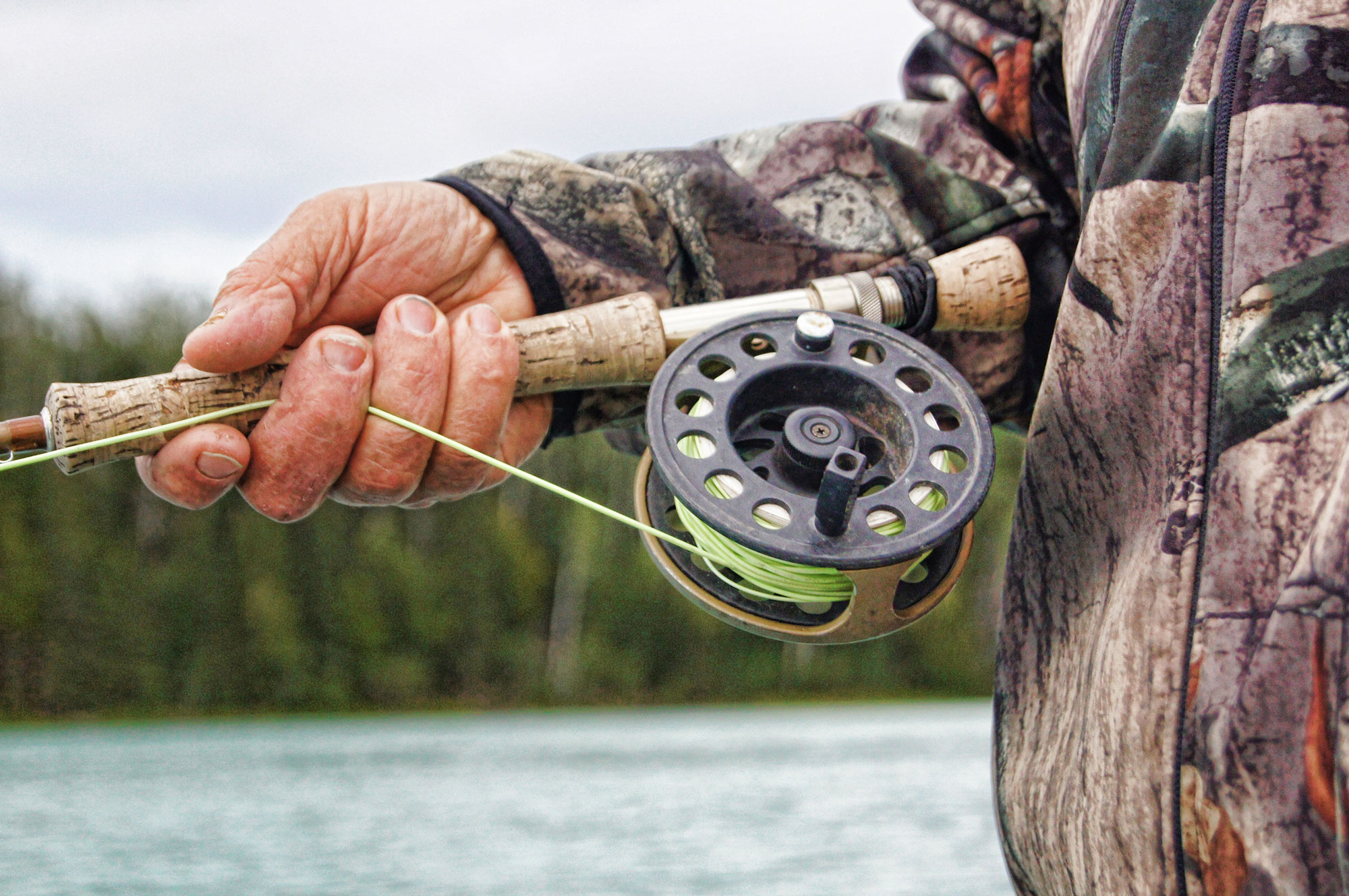What you need to know to find early-season cutties
Advertisement
Cutthroat trout
Salmo clarki
a.k.a. Clark’s trout, coastal, coastal cutthroat, cut-throat trout, cutt, cuttie, lake trout, red-throated trout, sea trout, short-tailed trout, Yellowstone cutthroat
Advertisement
This classic, native Western Canada trout is relatively easy to catch in summer and fall, but it’s no pushover in early season. In Alberta and B.C., most anglers don’t target cutthroat until early summer, when streams have cleared and lakes are warming, causing the fish to feed more actively.
But some ardent anglers, such as Maciek Jaworski, can’t wait that long. “Fishing for cutthroat can be very rewarding in late spring,” says Jaworski, 24, a proficient fly and spin fisher from Calgary.
For cutts, his preferred technique is fly-fishing, simply because he usually catches more fish with flies than spinners. Jaworski seeks cutthroat in rivers and streams-and some lakes-in southwestern Alberta and southeastern B.C. The key, he suggests, is to search out smaller streams that aren’t as susceptible to runoff woes, and low-lying lakes or beaver ponds that have thawed earlier than other, higher-altitude waters.
Advertisement
Since the water temperature will still be relatively low in spring, Jaworski knows that insects won’t be hatching on the surface, so dry-fly fishing isn’t a real option. He also knows cutts will be feeding on aquatic nymphs and larvae below the surface. That means it’s time to break out the imitation nymphs, such as Bead Head Hare’s Ear, Bead Head Pheasant Tail, Bead Head Prince-all in sizes 12 to 14-and stonefly nymph patterns in sizes 6 to 10.
He uses 4X tippet and a yarn strike indicator three to five feet up from the nymph, and farther up in deeper water. If you’re eager to fish dry flies even if the odds are against it, Jaworski suggests replacing the yarn indicator with a Stimulator dry fly (be sure to check your regs to see if this is legal where you’ll be fishing). If natural stoneflies are in the air, cutts might go for the dry fly instead of the nymph.
Advertisement
Spin-chuckers should try Mepps or Panther Martin spinners (the smaller the better), retrieved fairly fast.
In early season, focus on more shallow water or shelves in lakes and pools, medium-paced choppy runs and seams. You might need to cast several times into the same pool before you get a strike. “The most important thing to remember is to be patient and thorough,” Jaworski says. “Early-season cutties can be apprehensive and finicky and may require more patience than in the summer.”
The lesson here? For cutthroat anglers, patience can pay off big-time.
Trout tip: Tackle
So, what’s the best all-around tackle for Canada’s main trout and char species? It all depends on your technique, whether you prefer toughness to finesse, your own personal style and philosophy, and about a dozen other factors. All combined, they boil down to this: no single outfit is suitable for every angler and every species.
For example, you could get away with a three-weight fly rod for pan-sized brook trout, but you shouldn’t even consider packing the same rod for a West Coast or Ontario steelhead river.
Generally speaking, a four- to seven-weight graphite fly rod of eight to nine feet long, or a six -to six-and-a-half-foot, medium-action spinning rod, will handle virtually all trout fishing in streams, rivers and most lakes. Going much lighter with a fly rod isn’t realistic in spring because most fishing is with weighted nymphs and streamers rather than surface dry flies. The one exception is for steelhead anglers, who will want more backbone, and length, in both spinning and fly rods.
Also note that this is the one time of year you can get away with lighter tackle for lake trout in shallow water, but you’ll still need a rod with enough power to handle fish that can grow to 20-plus pounds.

